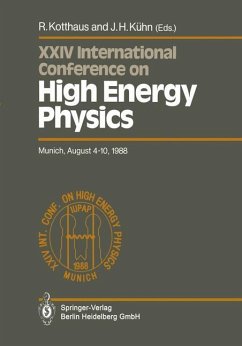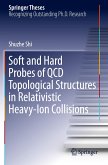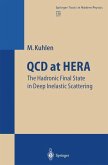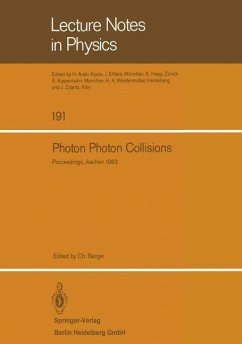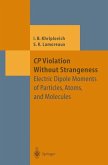Quark-Gluon Plasma (QGP) is a state of matter predicted by the theory of strong interactions - Quantum Chromodynamics (QCD). The area of QGP lies at the interface of particle physics, field theory, nuclear physics and many-body theory, statistical physics, cosmology and astrophysics. In its brief history (about a decade), QGP has seen a rapid convergence of ideas from these previously diverging disciplines. This volume includes the lectures delivered by eminent specialists to students without prior experience in QGP. Each course thus starts from the basics and takes the students by steps to the current problems. The chapters are self-contained and pedagogic in style. The book may therefore serve as an introduction for advanced graduate students intending to enter this field or for physicists working in other areas. Experts in QGP may also find this volume a handy reference. Specific examples, used to elucidate how theoretical predictions and experimentally accessible quantities may not always correspond to one another, make this book ideal for self-study for beginners. This feature will also make the volume thought-provoking for QGP practitioners.
Hinweis: Dieser Artikel kann nur an eine deutsche Lieferadresse ausgeliefert werden.
Hinweis: Dieser Artikel kann nur an eine deutsche Lieferadresse ausgeliefert werden.

